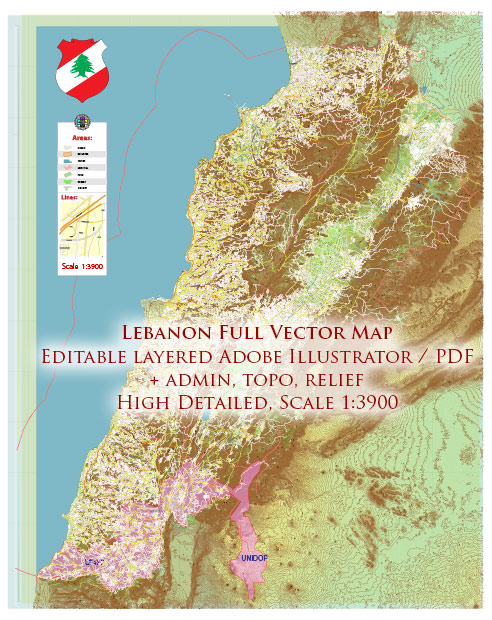Lebanon’s history of urban development is rich and diverse, shaped by centuries of cultural, political, and economic influences. The country’s strategic location in the Middle East, at the crossroads of the Mediterranean and the Arab world, has played a significant role in its urban evolution. Here is a brief overview of Lebanon’s history of urban development:
- Ancient Period:
- Phoenician Cities (3000 BCE – 64 BCE): The Phoenicians, known for their maritime prowess, established flourishing city-states along the coast of present-day Lebanon, including cities like Tyre, Sidon, and Byblos. These cities were major centers of trade and culture in the ancient world.
- Roman and Byzantine Period (64 BCE – 636 CE):
- Roman Influence: Lebanon became part of the Roman Empire, leading to the construction of impressive structures and urban planning, such as temples, theaters, and aqueducts. The city of Baalbek, with its monumental Roman temples, is a testament to this era.
- Byzantine Rule: Following the Roman era, Lebanon experienced the influence of the Byzantine Empire, contributing to the development of religious architecture. Several churches and monasteries were built during this time.
- Islamic Period (636 CE – 1516 CE):
- Arab and Ottoman Rule: With the advent of Islam, Lebanon came under Arab rule and later, the Ottoman Empire. The influence of Islamic architecture is evident in the construction of mosques, madrasas, and traditional markets (souks) in cities like Tripoli and Beirut.
- French Mandate Period (1920 – 1943):
- Modernization: Under French rule, urban development in Lebanon saw modernization efforts. Beirut, the capital, underwent significant changes, with the introduction of Western-style architecture and infrastructure. The city became a vibrant cultural and economic hub.
- Post-Independence (1943 Onward):
- Post-War Reconstruction: Lebanon experienced a devastating civil war (1975-1990) that severely impacted its urban landscape. The post-war period witnessed extensive reconstruction efforts, particularly in Beirut. The city’s downtown area, heavily damaged during the conflict, was transformed into a modern business and cultural district.
- Contemporary Urban Challenges:
- Population Growth: Rapid urbanization and population growth have posed challenges for urban planning and infrastructure development.
- Political Instability: Periods of political instability and conflicts in the region have sometimes hindered sustained urban development efforts.
Lebanon’s urban history reflects a dynamic interplay of ancient civilizations, religious influences, foreign powers, and contemporary challenges. The country’s cities continue to evolve, embracing a blend of historical heritage and modern developments.


 Author: Kirill Shrayber, Ph.D.
Author: Kirill Shrayber, Ph.D.